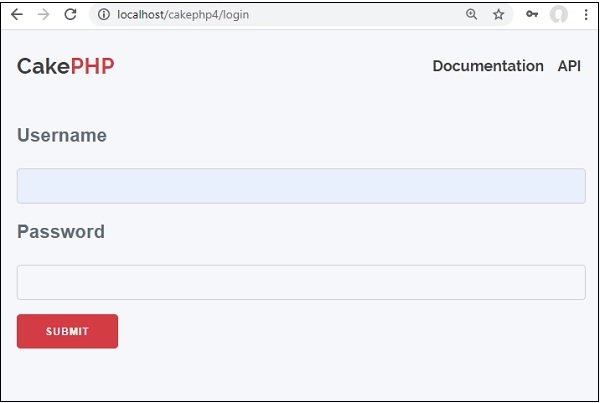CakePHP 安全
安全性是构建 Web 应用程序时的另一个重要特性。它向网站用户保证,他们的数据是安全的。 CakePHP 提供了一些工具来保护您的应用程序。
加解密
CakePHP 中的安全库提供了加密和解密数据的方法。以下是两种方法,用途相同。
static Cake\Utility\Security::encrypt($text, $key, $hmacSalt = null) static Cake\Utility\Security::decrypt($cipher, $key, $hmacSalt = null)
encrypt 方法以 text 和 key 为参数对数据进行加密,返回值为带 HMAC 校验和的加密值。
要散列数据,使用 hash() 方法。以下是 hash() 方法的语法。
static Cake\Utility\Security::hash($string, $type = null, $salt = false)
CSRF
CSRF 代表 跨站请求伪造。通过启用 CSRF 组件,您可以抵御攻击。 CSRF 是 Web 应用程序中的常见漏洞。
它允许攻击者捕获并重放先前的请求,有时还使用其他域上的图像标签或资源提交数据请求。 CSRF 可以通过简单地将 CsrfComponent 添加到你的组件数组来启用,如下所示:
public function initialize(): void {
parent::initialize();
$this->loadComponent('Csrf');
}
CsrfComponent 与 FormHelper 无缝集成。每次使用 FormHelper 创建表单时,它都会插入一个包含 CSRF 令牌的隐藏字段。
虽然不推荐这样做,但您可能希望在某些请求上禁用 CsrfComponent。您可以在 beforeFilter() 方法期间使用控制器的事件调度器来实现。
public function beforeFilter(Event $event) {
$this->eventManager()->off($this->Csrf);
}
安全组件
安全组件对您的应用程序应用更严格的安全性。它为各种任务提供方法,例如:
示例
在 config/routes.php 文件中进行更改,如以下程序所示。
config/routes.php
<?php
use Cake\Http\Middleware\CsrfProtectionMiddleware;
use Cake\Routing\Route\DashedRoute;
use Cake\Routing\RouteBuilder;
$routes->setRouteClass(DashedRoute::class);
$routes->scope('/', function (RouteBuilder $builder) {
$builder->registerMiddleware('csrf', new CsrfProtectionMiddleware([
'httpOnly' => true,
]));
$builder->applyMiddleware('csrf');
//$builder->connect('/pages',
['controller'=>'Pages','action'=>'display', 'home']);
$builder->connect('login',['controller'=>'Logins','action'=>'index']);
$builder->fallbacks();
});
在 src/Controller/LoginsController.php 中创建一个 LoginsController.php 文件。 将以下代码复制到控制器文件中。
src/Controller/LoginsController.php
<?php
namespace App\Controller;
use App\Controller\AppController;
class LoginsController extends AppController {
public function initialize() : void {
parent::initialize();
$this->loadComponent('Security');
}
public function index(){
}
}
?>
在 src/Template 创建一个 Logins 目录,然后在该目录下创建一个名为index.php 的 View 文件。将以下代码复制到该文件中。
src/Template/Logins/index.php
<?php
echo $this->Form->create(NULL,array('url'=>'/login'));
echo $this->Form->control('username');
echo $this->Form->control('password');
echo $this->Form->button('Submit');
echo $this->Form->end();
?>
通过访问以下 URL 执行上述示例-http://localhost/cakephp4/login
输出
执行后,您将收到以下输出。

下一章:CakePHP 验证
通常在制作网站时,我们需要在进一步处理数据之前验证某些事情。 CakePHP 提供验证包,用于构建可以轻松验证数据的验证器。 验证方法CakePHP 在验证类中提供了各种验证方法。下面列出了其中一 ...
 AI 中文社
AI 中文社